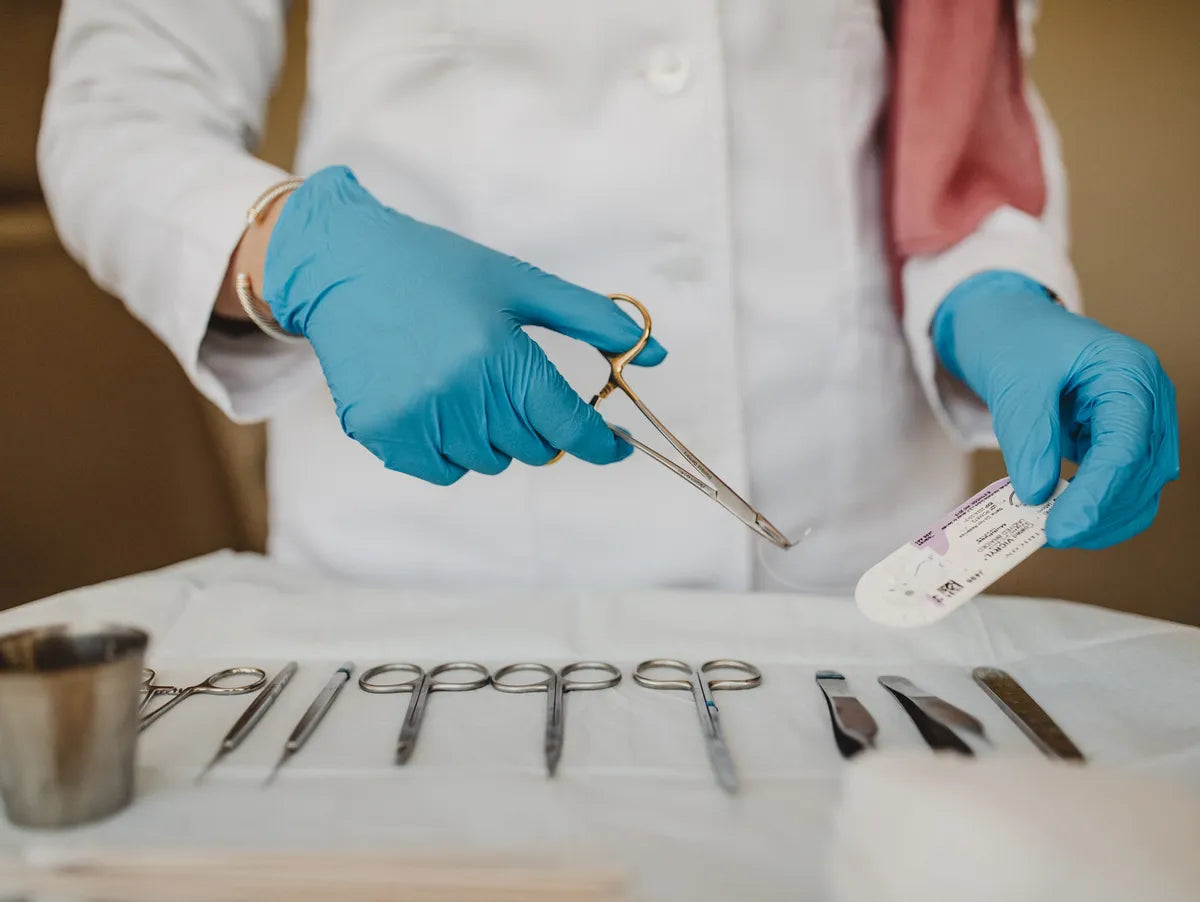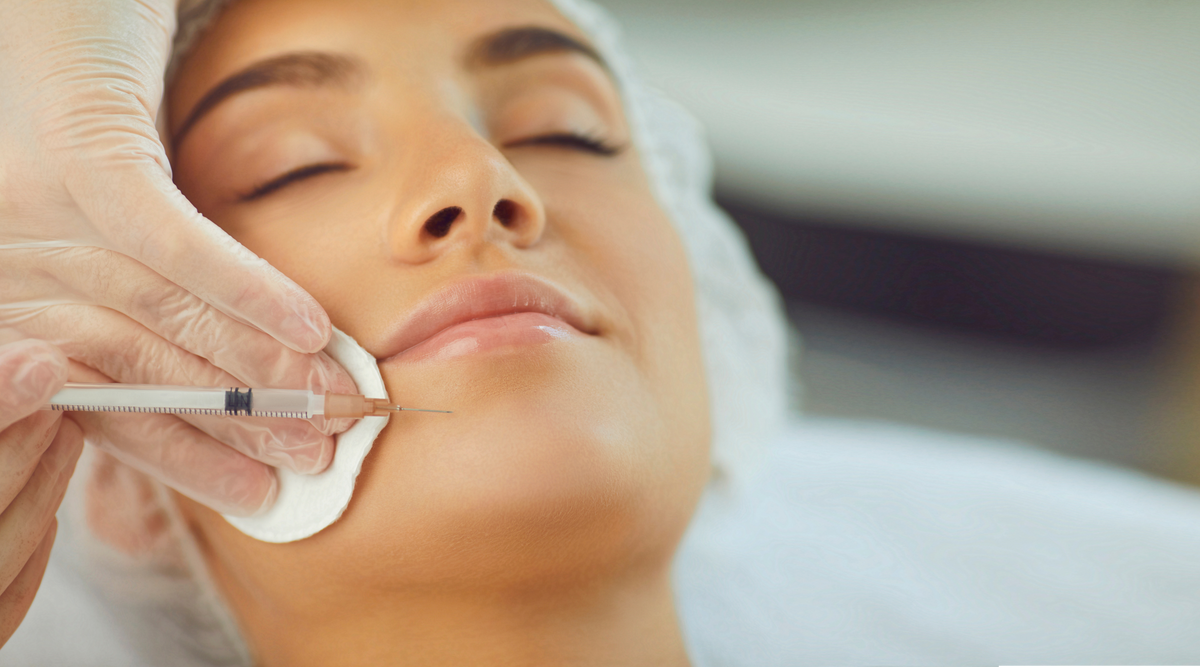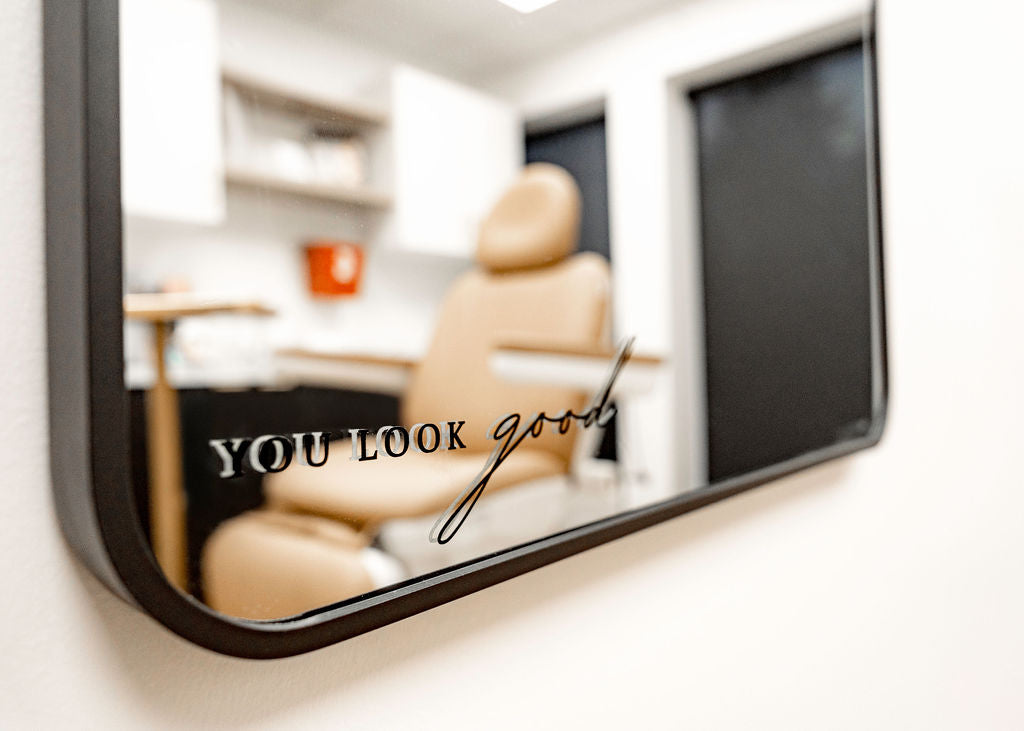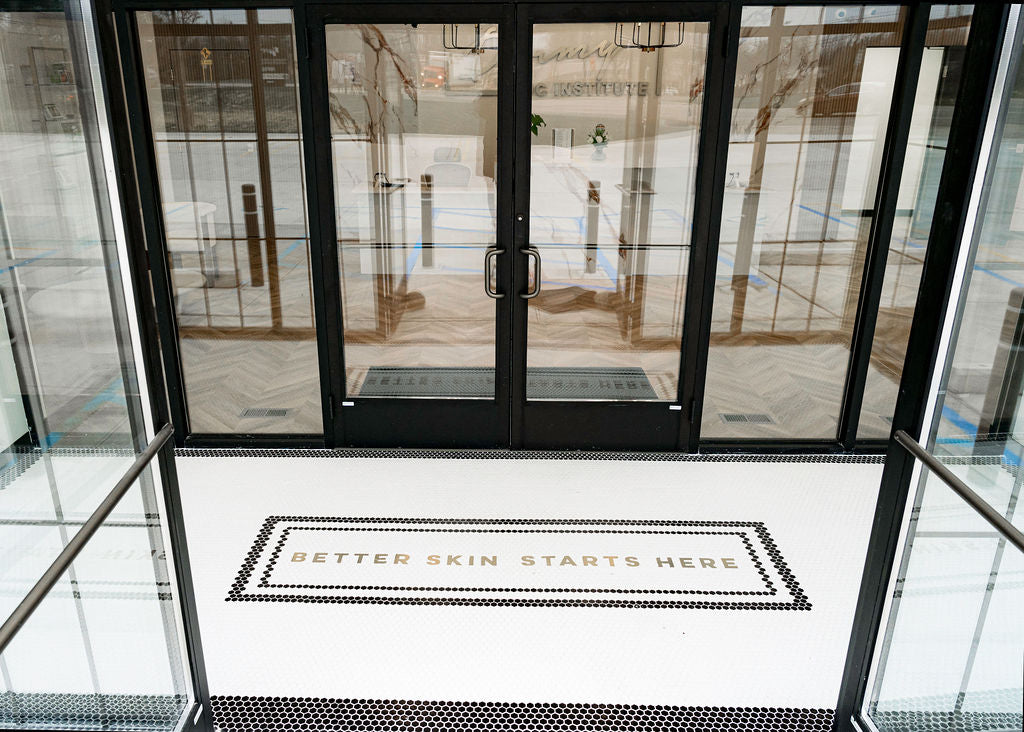We Love Happy + Healthy Skin
Board-certified dermatologist, Dr. Fahs, provides expert care for all medical dermatology needs, including acne, rosacea, eczema, psoriasis, skin cancer, and more. We use the latest technology and techniques to ensure accurate diagnosis and effective treatment.
Our Services
Acne
Acne
Acne is a common skin condition that occurs when hair follicles become clogged with oil, dead skin cells, or bacteria. It can cause pimples, blackheads, or cysts, typically on the face, back, and shoulders.
While acne can be frustrating, it’s treatable with the right personalized skincare routine and prescription treatments.
Actinic Keratoses
Actinic Keratoses
Actinic keratoses are rough, scaly patches on the skin caused by long-term sun exposure. They are considered precancerous and can develop into skin cancer if not treated.
These growths are often treated with topical creams, liquid nitrogen, or other procedures, so it’s important to have them checked and monitored by a dermatologist.
Basal & Squamous Cell Carcinoma
Basal & Squamous Cell Carcinoma
Basal and squamous cell carcinomas are the most common types of skin cancer. They typically appear as raised, firm, or scaly growths on areas of the skin that have been exposed to the sun.
While these cancers are treatable when caught early, it’s important to monitor your skin and consult a dermatologist if you notice any changes.
Benign Growths
Benign Growths
Benign growths are non-cancerous lumps or bumps on the skin. They may include things like cysts, lipomas, or other harmless skin growths that don’t pose a health risk.
Even though they’re not dangerous, some people choose to remove them for cosmetic reasons or if they become irritated.
Birthmarks
Birthmarks
Birthmarks are spots on the skin that appear at birth or shortly after. They can be brown, red, or purple and vary in size and shape. Most birthmarks are not dangerous, but some can develop cancerous growths over time.
It's important to have these examined by a dermatologist.
Eczema
Eczema
Eczema, also known as atopic dermatatis, is a skin condition that causes red, itchy, and inflamed patches of skin. It’s often chronic and can flare up due to triggers like stress, allergens, or certain skincare products.
Eczema can be managed with moisturizers, topical treatments, oral and injectable medications along with lifestyle changes. Chronic eczema can impact sleep, mood and mental health.
Fungus
Fungus
Fungal infections on the skin can cause conditions like athlete's foot, ringworm, or yeast infections. These infections can lead to itching, redness, and irritation, but they’re often treatable with anti-fungal creams or medications.
Because these conditions are contagious, it's important to get the right treatment to control their spread.
Hair Loss
Hair Loss
Hair loss refers to the thinning or shedding of hair from the scalp or other areas of the body. It can occur due to various factors, including genetics, stress, hormonal changes, or medical conditions.
While it can be emotionally challenging, there are treatments to help manage it depending on the type. A thorough examination with a dermatologist to determine the type of hair loss is the first step.
Hidradenitis Suppurativa
Hidradenitis Suppurativa
Hidradenitis suppurativa (HS) is a chronic skin condition that causes painful bumps, abscesses, and scarring, usually in areas where skin rubs together, like the underarms, groin, or under the breasts.
It happens when hair follicles get blocked, leading to inflammation and sometimes infections. HS is not contagious, but it can flare up and be challenging to manage.
Treatment focuses on reducing inflammation, preventing flare-ups, and addressing any scarring.
Hyperhidrosis
Hyperhidrosis
Hyperhidrosis is a condition where a person experiences excessive sweating, often in areas like the underarms, hands, or feet. It can be caused by overactive sweat glands and may affect daily activities. Treatments range from prescription antiperspirants to more advanced therapies like Botox or oral medications.
Keloids
Keloids
Keloids are raised, thickened scars that form after a skin injury. Unlike regular scars, keloids grow beyond the original wound site and can sometimes cause itching or discomfort.
Treatments like steroid injections or laser therapy can help reduce their appearance.
Melanoma
Melanoma
Melanoma is a type of skin cancer that begins in the melanocytes (the cells that produce pigment). It usually appears as a new or changing mole, often with irregular borders or multiple colors.
Early detection is key, so it’s important to regularly check your skin and consult us if you notice any suspicious changes. Melanoma is the deadliest form of skin cancer, but treatable when caught early.
Melasma
Melasma
Melasma is a skin condition that causes brown or grayish patches, typically on the face. It’s often triggered by hormonal changes (like pregnancy or birth control) or sun exposure.
While melasma can fade on its own, treatments like topical creams or laser therapy can help lighten the spots.
Moles
Moles
Moles are small, usually brown or black spots on the skin that are typically harmless. They are made up of clusters of pigment-producing cells.
However, it’s important to monitor moles for changes in size, shape, or color as this can be a sign of skin cancer.
Scheduling a skin cancer screening if you have many moles or a history of skin cancer in your family is a good first step.
Nail Changes
Nail Changes
Nail changes refer to alterations in the appearance or texture of your nails, such as discoloration, ridges, or thickness.
These changes can sometimes signal underlying health conditions, so it’s a good idea to bring these up during your visit.
Psoriasis
Psoriasis
Psoriasis is a chronic autoimmune skin condition where skin cells build up too quickly, forming thick, red, scaly patches. It can be itchy or painful and is often triggered by stress, infections, or certain medications.
Treatments like topical creams, light therapy, or oral and injectable medications can help manage symptoms.
Rosacea
Rosacea
Rosacea is a common skin condition that causes redness, visible blood vessels, and sometimes pimples on the face, especially around the cheeks and nose.
It’s often triggered by things like spicy food, alcohol, or stress. Treatments can help control flare-ups and manage symptoms. Laser treatments can reduce background redness and flushing.
Seborrheic Dermatitis
Seborrheic Dermatitis
Seborrheic dermatitis is a skin condition that causes red, flaky, and greasy patches, often on the scalp, face, or chest. It’s commonly linked to an overgrowth of yeast on the skin and can lead to dandruff.
Treatment usually involves medicated shampoos or topical creams to soothe and reduce irritation.
Rashes
Rashes
A rash is a change in the skin's appearance, often causing redness, swelling, or bumps.
Rashes can be caused by allergies, infections, or other skin conditions. Identifying the cause is key to finding the right treatment, which may involve creams, antihistamines, or other medications.
Vitiligo
Vitiligo
Vitiligo is a condition where the skin loses its pigment in patches, resulting in lighter spots. It occurs when the immune system mistakenly attacks pigment-producing cells.
Treatments like topical medications or light therapy can help even out skin tone.
Warts/Molloscum
Warts/Molloscum
Warts are small, rough growths on the skin caused by the human papillomavirus (HPV), while molluscum is a viral infection that causes smooth, flesh-colored bumps.
Both conditions are usually harmless and can be treated with topical medications, cryotherapy (freezing), or other methods.
Our office offers a reduced office visit fee for repeat monthly visits to treat these conditions.
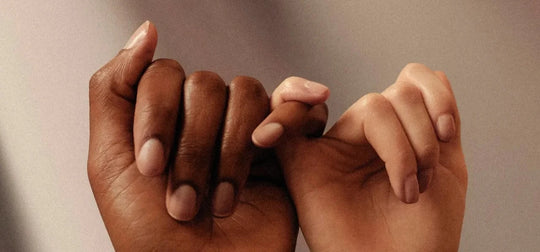
- OUR PROMISE TO YOU:
- Board Certified Dermatologist
- Innovative, State of the Art Care
- No Copays, No Insurance



